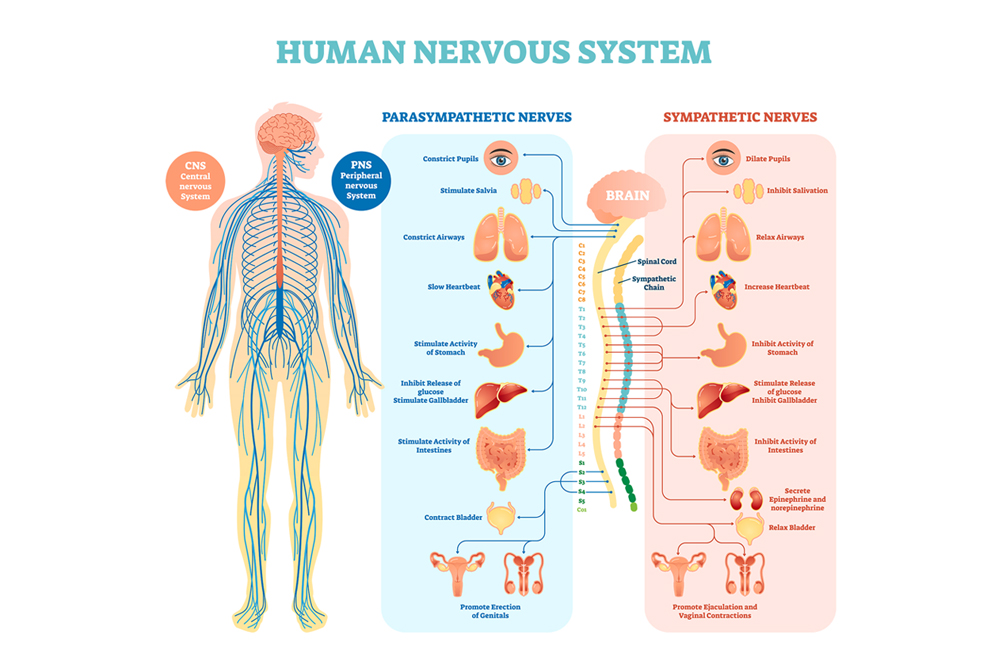24 Mar Autonomic Dysreflexia
INTRODUCTION
Autonomic Dysreflexia is a potentially life threatening complication of spinal cord injury at T6 or above. It is the body’s reaction to pain or discomfort in an area of the body that is below the level of the Spinal Cord Injury. This causes the blood pressure to rise, sometimes to a very dangerous level. It may also be accompanied by other signs and symptoms. AD is a medical emergency and must be treated immediately. If it is not properly treated it can lead to stroke, heart attack, seizure and death.
WHAT DO I NEED TO KNOW?
Know your blood pressure
A change in blood pressure of 20-40mmHg is a tell-tale sign of AD. Know what your normal blood pressure is so that you can recognize if it has increased.
Possible Signs and Symptoms of Autonomic Dysreflexia (AD)
- Elevated blood pressure: KNOW WHAT YOUR BASELINE BLOOD PRESSURE IS
- Sudden pounding or throbbing headache
- Sweating or flushing above the level of injury
- Goose bumps above the level of injury
- Increase in frequency or severity of spasms
- Metallic taste in mouth
- Feelings of apprehension or anxiety
- Slow pulse rate (bradycardia)
- Other symptoms can include: nasal congestion, blurred vision or seeing spots, nausea, difficulty breathing or changes in heart rate.
Causes of Autonomic Dysreflexia (AD)
- The most typical cause of AD is a bladder that is too full. If using a Foley catheter, the tubing or drainage bag may be kinked or blocked or overfilled. A condom catheter that is set too tight may also result in AD. AD may also be caused by urinary tract infections or bladder/kidney stones. Bladder tests such as urodynamics and cystoscopy may also irritate the bladder resulting in AD.
- An overfull bowel, constipation or impaction. Pressure injury or irritated skin: this includes extreme heat, cold or pressure on the skin below the level of injury; trauma to the skin including sunburn, cuts, burns and insect bites; tight clothing or rivets on jeans; ingrow toe nail.
- Pressure injury or irritated skin: this includes extreme heat, cold or pressure on the skin below the level of injury; trauma to the skin including sunburn, cuts, burns and insect bites; tight clothing or rivets on jeans; ingrow toe nail.
- Sexual and Reproductive Activity: this includes intercourse, the use of vibrators, pinched genitalia, orgasm and ejaculation. Menstrual cramping and labour (uterine contractions) can also cause AD.
DID YOU KNOW
The main treatment of ad is to remove the cause.
WHAT CAN I DO?
Learn How to Prevent Autonomic Dysreflexia
Be aware of the possible triggers mentioned above. Avoiding these triggers is the key to preventing AD. Try to reduce the chances of irritation below your level of injury which you may not be able to feel.
- Wear loose clothing
- Follow a bladder program so that your catheters are draining well and your bladder does not become over full.
- Maintain a bowel program so your bowel is emptied regularly
- Check your skin regularly
- Keep clothing and bed sheets smooth to prevent irritation from wrinkles
- Perform regular foot care to prevent ingrown toenails
- Attend to any infections early
- Learn to recognize the symptoms and triggers of AD
- Teach your family, friends & caregivers how to help you through an episode
Trouble-shooting Autonomic Dysreflexia:
- Sit up OR raise the head of the bed (this will help to lower the blood pressure)
- Check the bladder
- Check the bowel
- Check the skin
- Seek medical attention if the symptoms are not relieved by checking all the possible causes
If you go to Emergency:
- Tell the emergency room staff that you think you may have Autonomic Dysreflexia and need immediate attention
- Ask them to check your blood pressure immediately
- Request that you keep sitting up as long as your blood pressure is high
- Ask the emergency room staff to look for causes of the problem: suggest that they check for causes in this order:
- bladder
- bowel
- other causes
- Suggest that the health-care professional use anaesthetic jelly before changing a catheter or checking the bowel
- You may need medication to bring your blood pressure or heart rate back down to your normal level.
CONCLUSION
Autonomic Dysreflexia is a sudden dramatic increase in blood pressure that is a part of life for many people with SCI above T6, and may be a medical emergency if you cannot resolve it on your own. It is often preventable, but some may experience it often and require more treatment. The most crucial way to prevent it is to know your blood pressure and learn how to spot and treat the symptoms.

